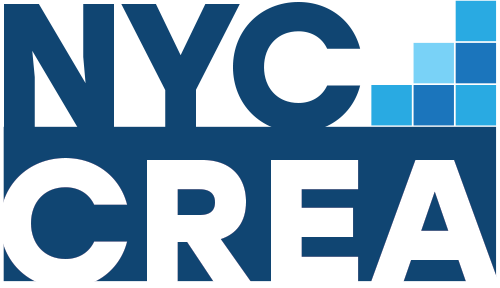Articles
The rise in interest rates since 2022 has had a profound effect on the U.S. commercial real estate (CRE) market, especially in major cities like New York. The Federal Reserve’s aggressive monetary policy to combat inflation has brought interest rates to levels not seen in over two decades. Cities like New York are particularly affected, but the trend is seen nationwide in markets like Los Angeles, Chicago, and Dallas.
Recent outbreaks of diseases continue to reshape how businesses and employees interact with office spaces. The spread of Respiratory Syncytial Virus (RSV) during the fall and winter seasons and the emergence of new COVID-19 variants reinforce the need for office environments that prioritize safety and wellness. In cities like New York, one of the largest commercial real estate hubs, the impact of office redesign is palpable. Office spaces that once maximized capacity and shared workspaces now face pressure to adopt healthier, more flexible designs.
The second quarter of 2024 proved to be a milestone for Midtown, New York, as it recorded significant leasing activity, with three of the top five largest transactions in Manhattan taking place in this commercial hub. Notable among the top five lease transactions were Bloomberg’s massive extension at 731 Lexington Avenue, marking Manhattan’s largest lease since 2019, and Industrious’ new lease at 12 East 49th Street.
Manhattan’s office market showed renewed vigor in Quarter 2 of 2024, with leasing activity growing by almost 30% compared to Q1. This is equivalent to a total of 8.17 million square feet (SF) of office space leased, which is comparable to about 139 football fields.
Manhattan's luxury retail market is undergoing a transformation, driven by a rebound in demand for high-end commercial spaces and the need for brands to innovate continuously. The luxury sector, traditionally characterized by exclusive brick-and-mortar stores, has experienced both challenges and opportunities over the past few years.
Over the past decade, New York City's commercial real estate market has been significantly influenced by international investment, with foreign capital playing a crucial role in shaping its landscape. From 2020 to 2024, the dynamics of foreign investment have evolved, influenced by global economic conditions, changes in market preferences, and the impact of the COVID-19 pandemic.
The surge in tourism and foot traffic has a positive impact on cash flow in New York's commercial real estate sector. In 2023, retail and tourism-related commercial properties in Manhattan, including Times Square, saw a 15% increase in cash flow compared to 2020 levels. This rise is attributed to the return of high-spending international tourists and the renewed interest from global retail brands seeking prime locations in the city.
New York City's commercial real estate market is undergoing a transformation, particularly in the retail sector, as traditional brick-and-mortar stores struggle to regain their pre-pandemic footing. The retail landscape in Manhattan, which faced significant challenges during the COVID-19 pandemic, is evolving with a shift towards innovative retail concepts that blend traditional shopping experiences with new, engaging elements.
The contrast between 2021 and 2024 highlights both the resilience and the evolving nature of Midtown's commercial real estate sector. While there has been notable progress in certain areas, such as retail recovery, the overall landscape remains uneven, with office space availability still a significant concern.
The commercial real estate market in New York City has long been a pillar of economic strength and a focal point for investors worldwide. As we progress through 2024, the landscape presents a complex mix of opportunities and challenges, particularly in terms of cash flow, investment strategies, and market stability. How have these factors evolved from 2023 to 2024, and what do they mean for investors looking to navigate this dynamic market?
New York City's office market, a bellwether of global economic health, is exhibiting signs of a robust recovery. Following the seismic shift brought about by the COVID-19 pandemic, which saw a mass exodus from traditional workspaces, the city's commercial real estate sector is demonstrating resilience and adaptability. What key indicators point to this promising trajectory?
New York City's commercial real estate (CRE) market is a thriving giant. With a growing number of "smart buildings" and an ever-increasing reliance on technology, the industry is experiencing a digital transformation. However, this progress comes hand-in-hand with a growing need for robust security and cybersecurity measures.
New York City, the city that never sleeps, is also a city that never stops shopping. With the meteoric rise of e-commerce, the demand for efficient and speedy delivery has skyrocketed. This is where micro-warehousing steps in, revolutionizing the landscape of commercial real estate in NYC.
New York City has traditionally been characterized by long-term leasing arrangements for commercial properties. However, recent shifts in the market suggest a burgeoning preference for short-term lease structures. This trend is fueled by a convergence of factors, including the proliferation of flexible work models, the evolving requirements of startups and growing businesses, and the lingering uncertainties of the post-pandemic economic landscape.
New York City, a paragon of urban dynamism and a repository of rich history, constantly seeks new solutions to navigate the challenges of space constraints and environmental responsibility. In this context, adaptive reuse – the strategic transformation of historic buildings for contemporary uses – has emerged as a powerful and impactful strategy.

